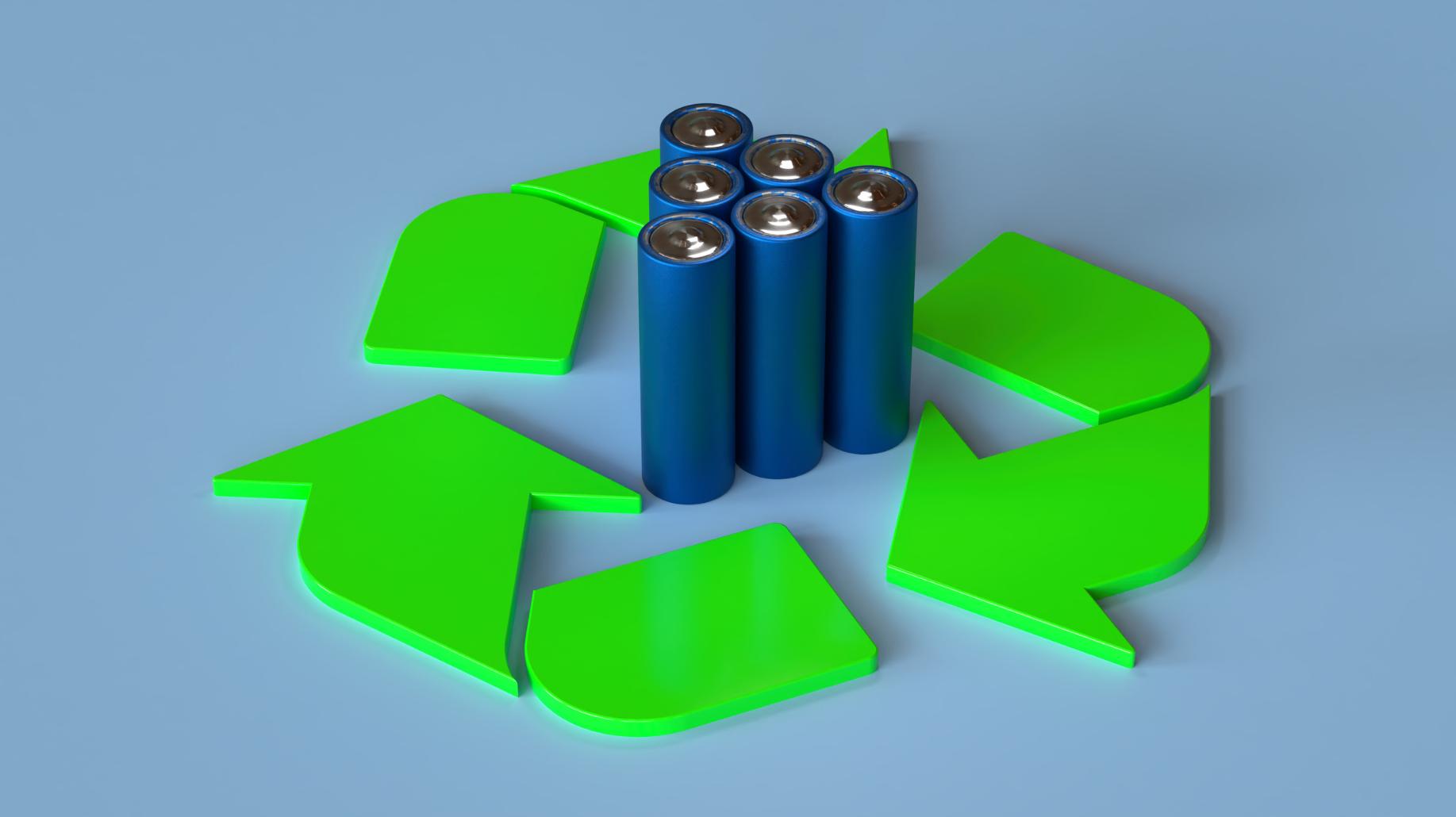End-of-life (EOL) batteries are those that have reached the point where they can no longer hold a sufficient charge or operate effectively for their intended purpose. Typically, this occurs when a battery retains only 70-80% of its original capacity, making it unsuitable for high-demand applications.
Defining Battery Lifespan and Capacity
The lifespan of a battery varies based on its type and usage conditions. Lithium-ion batteries, commonly used in electric vehicles (EVs) and renewable energy systems, generally last between 3 to 15 years. Their capacity diminishes over time due to repeated charge and discharge cycles.
| Battery Type | Typical Lifespan | Capacity Retention at EOL |
|---|---|---|
| Lithium-Ion | 3-15 years | 70-80% |
| Lead-Acid | 3-5 years | 50-60% |
| Nickel-Cadmium | 2-5 years | 60-70% |
Indicators of End-of-Life for Batteries
Several signs indicate that a battery has reached its end of life:
- Capacity Fade: The battery can no longer hold a charge effectively.
- Increased Internal Resistance: This leads to reduced efficiency.
- Safety Risks: Older batteries may pose risks such as leaks or thermal runaway.
Options for End-of-Life Batteries: Reuse, Repurpose, and Recycle
When a battery reaches EOL, there are several pathways for managing it:
- Reuse: Batteries can be used in less demanding applications where high performance is not critical.
- Repurpose: EOL batteries can be converted into second-life applications, such as stationary energy storage systems.
- Recycle: If neither reuse nor repurposing is feasible, recycling processes can recover valuable materials from the battery.
| Pathway | Description | Environmental Impact |
|---|---|---|
| Reuse | Use in less demanding applications | Minimal impact |
| Repurpose | Second-life applications like energy storage | Reduces waste |
| Recycle | Recover materials like lithium, cobalt, and nickel | Reduces resource extraction |
Environmental Impact of Improper Disposal
Improper disposal of EOL batteries can lead to significant environmental hazards:
- Toxic Leaks: Hazardous materials can leak into soil and water sources.
- Resource Waste: Valuable materials are lost when batteries are discarded rather than recycled.
- Increased Landfill Waste: More waste contributes to landfill overflow.
Latest News on Battery Recycling and Sustainability Efforts
Recent advancements in battery recycling technology have improved the efficiency of material recovery from EOL batteries. Companies are focusing on sustainable practices that minimize environmental impact while maximizing resource recovery. Collaborations between manufacturers and recycling firms are becoming more common to ensure effective processing of spent batteries.
Expert Comment on Future Trends in Battery Management
“Managing end-of-life batteries is crucial for sustainability,” states Dr. Emily Johnson, an environmental scientist. “As electric vehicle adoption increases, so does the need for effective recycling strategies to minimize waste and recover valuable materials.”
Frequently Asked Questions
Q1: What defines an end-of-life battery?
A1: An end-of-life battery is one that can no longer hold a sufficient charge or meet performance standards, typically retaining only 70-80% of its original capacity.Q2: Can end-of-life batteries still be used?
A2: Yes, they can be reused in less demanding applications or repurposed for secondary uses such as energy storage.Q3: What happens if I dispose of my old batteries improperly?
A3: Improper disposal can lead to toxic leaks and environmental damage while wasting valuable resources that could be recycled.



